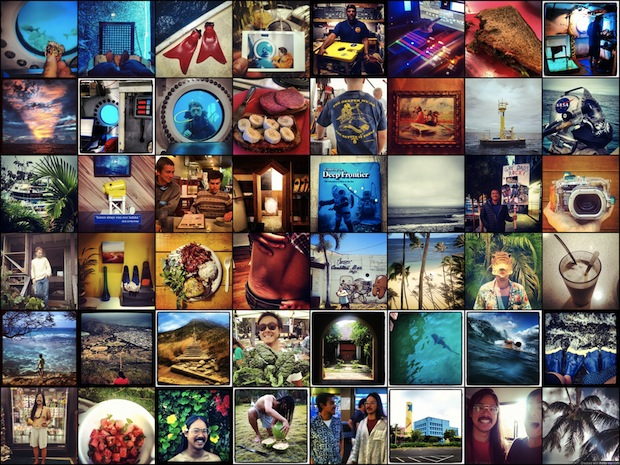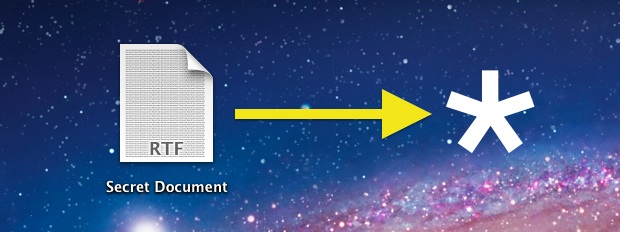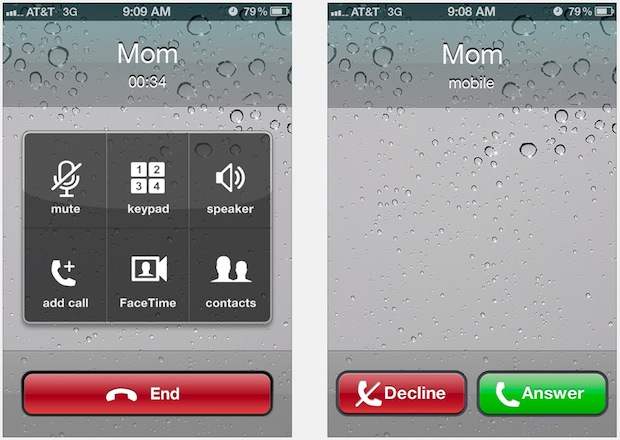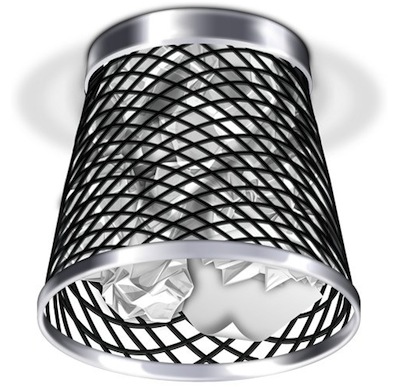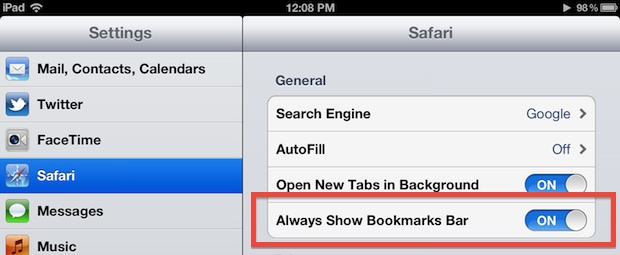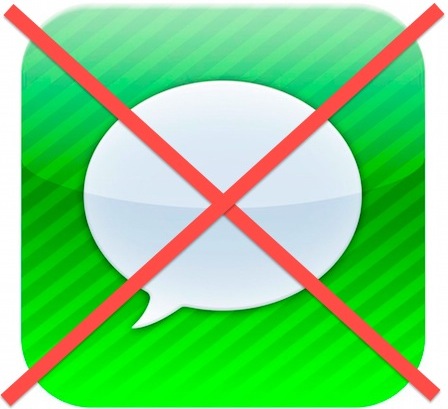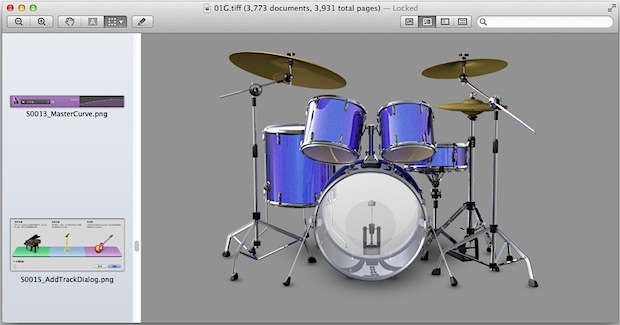New iPhone 4S Ad Features Martin Scorsese
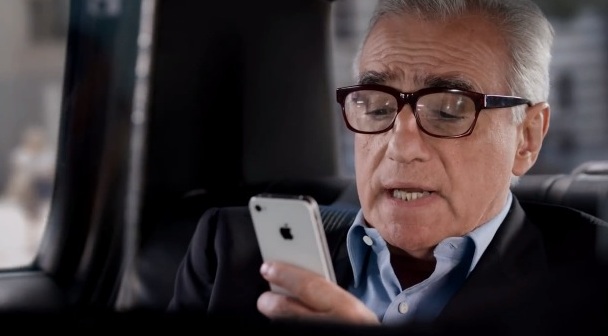
Apple is airing a new iPhone 4S commercial titled “Busy Day” that features director Martin Scorsese in a conversation with the voice assistant Siri while riding around in the back of a taxicab.
A transcript of the dialog between Scorsese and Siri is as follows, courtesy of MacRumors:
Scorsese: What’s my day look like?
Siri: Another busy day today.
Scorsese: Are you serious?
Siri: Yes, I’m not allowed to be frivolous.
Scorsese: Ah, OK. Move my 4 o’clock today to tomorrow. Change my 11AM to 2.
Siri: OK, Marty. I scheduled it for today.
Scorsese: Is that Rick? Where’s Rick?
Siri: Here’s Rick.
Scorsese: Oh, no that’s not Rick. Now, how’s the traffic headed downtown?
Siri: Here’s the traffic.
Scorsese: Oh, it’s terrible, terrible. Driver, driver, cut across. Cut across. We’ll never make it downtown this way. I like you Siri, you’re going places.
Siri: I’ll try to remember that.
This is the fourth iPhone 4S ad to feature a major celebrity, and the 3rd recent Apple commercial to be aired in general. Last month a new ad for the iPad started airing alongside a spot for the Retina MacBook Pro.

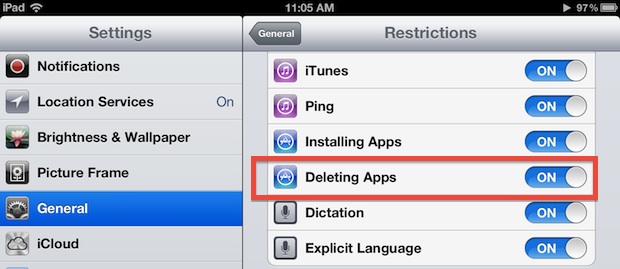
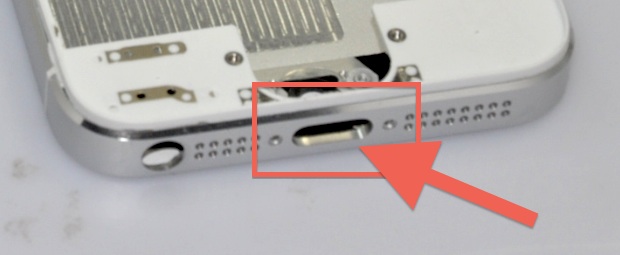
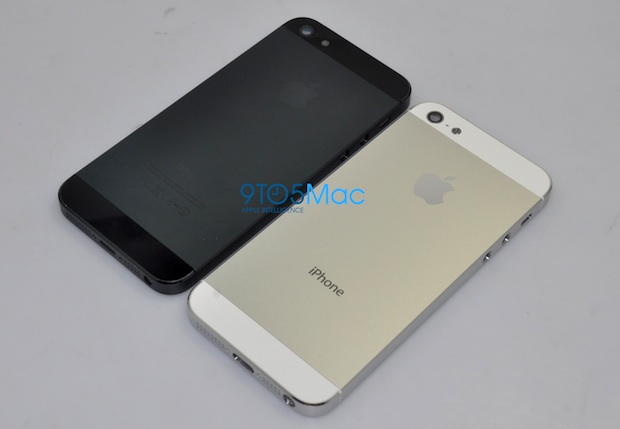

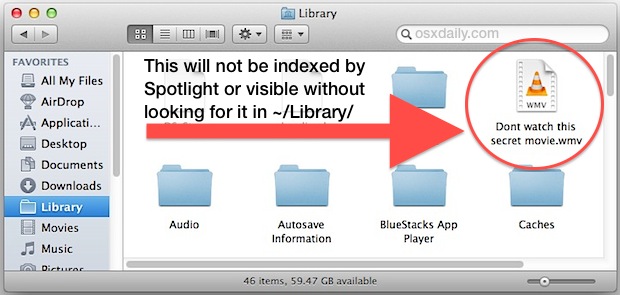

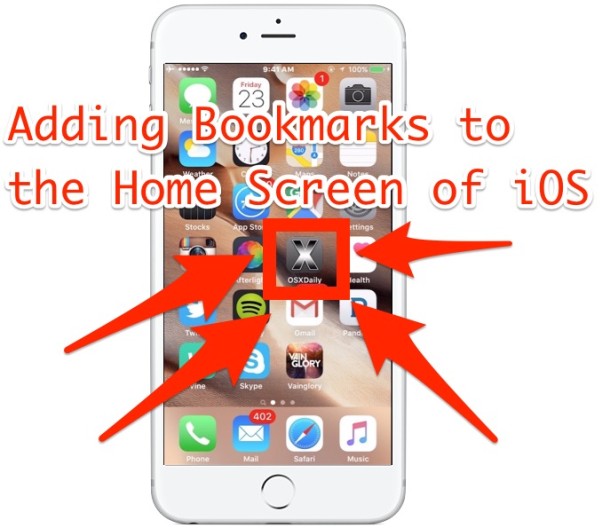
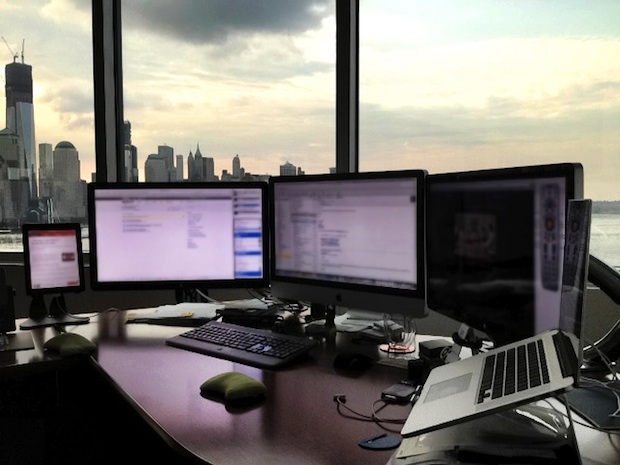
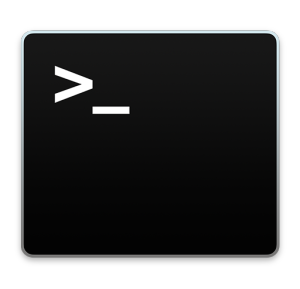 Having a bunch of Terminal tabs named “bash” “bash” and “bash” isn’t too useful or descriptive. Instead, you can rename each tab individually to something more specific by using the Terminal inspector.
Having a bunch of Terminal tabs named “bash” “bash” and “bash” isn’t too useful or descriptive. Instead, you can rename each tab individually to something more specific by using the Terminal inspector. 
